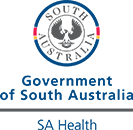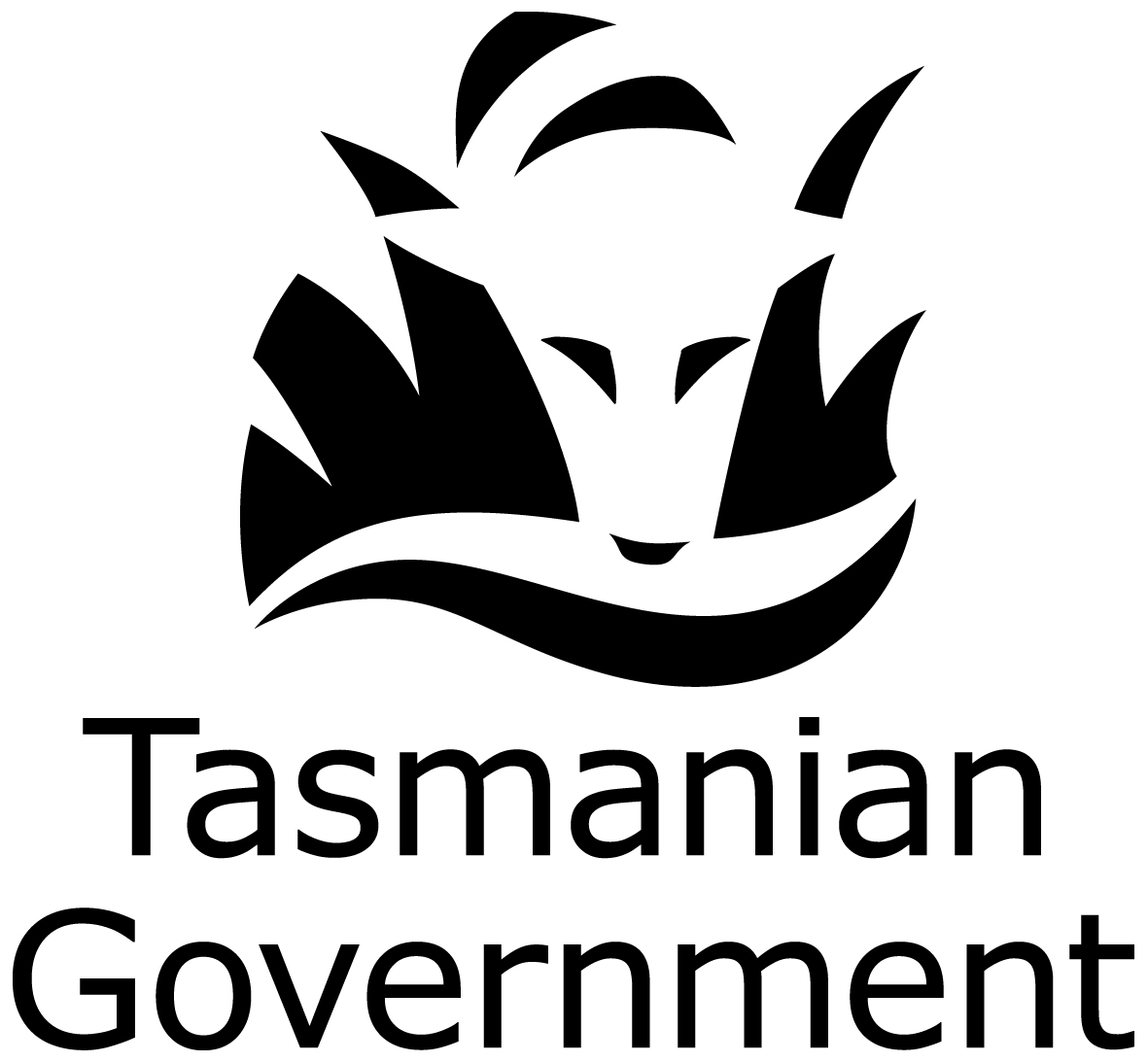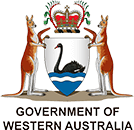Circumcision
Key facts
- Circumcision is a minor procedure to remove the foreskin of the penis.
- Parents may choose to circumcise their child for religious, cultural or medical reasons.
- Informing yourself of the risks and benefits of circumcision can help you make the best decision for your child.
- It is important to clean the penis and foreskin to avoid any foreskin problems.
What is circumcision?
Circumcision is a small surgical operation. It is done to:
- remove the foreskin, which is the sleeve of skin that covers the end of the penis
- expose the glans (head) of the penis
- This article is about male circumcision.
All forms of female genital mutilation (FGM), which is sometimes known as female circumcision, are illegal in Australia. FGM is harmful and unnecessary.
Why might I choose to get my baby circumcised?
Parents may choose to circumcise their children for a range of reasons. About 1 in 7 newborns in Australia undergo circumcision.
Male circumcision may be performed for:
- health and hygiene reasons
- religious and cultural reasons
In some cultures and religions, circumcision remains a normal and important ritual.
There are health benefits associated with circumcision, such as:
- lower rates of urinary tract infections (UTIs)
- some protection against sexually transmitted infections (STIs)
- lower rates of other foreskin problems than in uncircumcised males, such as infection
Circumcision is sometimes recommended for older males who have frequent problems with their foreskin.
Are there any physical risks associated with circumcision?
Circumcision is generally a safe operation, but like all surgeries, it does carry some risks.
Rare complications associated with circumcision are:
- bleeding at the surgical site
- infection of the penis
- damage to the penis
- complications from any anaesthetic or medicines used during or after the procedure
Circumcision is a less complicated operation in newborns than in adults.
Circumcision doesn't appear to affect sexual function.
Circumcision surgery can cause pain, both:
- during the surgery
- in the days after surgery
It can be a difficult process for both a newborn and adults.
What is the health advice on circumcision?
In Australia, current health advice only supports routine circumcision for medical reasons.
However, it is considered reasonable for parents to think about the risks and benefits of the procedure in their own child's situation when deciding whether or not to circumcise their child.
If you choose to circumcise your child, it's important to make sure the procedure is performed safely by a properly trained professional.
Here are some questions you may like to ask your doctor or surgeon:
- How do you perform the procedure?
- What type of pain relief will you use?
- How do I care for my child after the procedure?
- How will you manage any complications?
How does the foreskin of an uncircumcised penis separate?
Over time, the foreskin will naturally separate from the tip of the penis. As this happens, your child may experience some redness or pain when urinating (weeing). This is normal and usually gets better on its own within a few days.
Your child may also notice white or yellow lumps under their foreskin. These are called smegma, and they are normal.
Every child is different, and foreskin separation can normally happen at any time through a wide range of ages. By about 5 years, most boys will be able to partially retract (pull back) their foreskin.
However, full separation may not happen until puberty.
Rarely, the foreskin does not separate from the head of the penis. This condition is called phimosis and may need medical treatment.
Ask your doctor if you have any questions or concerns about your son's foreskin.
How do I look after a circumcised penis?
If you choose to have your child circumcised, ask your doctor or surgeon how to care for your child's penis in the days after the procedure.
After circumcision, the penis might look red or swollen. This is normal and should go away in a few days. After circumcision, your child should avoid:
- long baths
- activities such as trampolining and bike riding
After circumcision, ensure your child continues to drink water.
You can give them pain relief such as paracetamol if needed. Aspirin should never be given to children.
Seek medical attention if after the operation, your child:
- has severe swelling around their penis
- has a fever
- vomits multiple times
- has pus coming from the circumcision wound
- is bleeding from the circumcision wound
After healing, a circumcised penis does not need any special care. You should teach your child to wash his penis like he washes the rest of his body while bathing or showering.
How do I look after an uncircumcised penis?
It's important to care for your child's uncircumcised penis and foreskin. This will keep it healthy and prevent foreskin problems in the future.
Never forcibly retract the foreskin. This can cause pain, injury or scarring. The foreskin should only be pulled back as far as is comfortable for your child.
Once your child's foreskin can be fully retracted, you can teach them to retract it while bathing or showering. Most boys will not be able to retract their foreskins before 5 years. Sometimes it's not possible until they're 10 years or older.
When the foreskin is pulled back, the visible part of the penis can be washed with the rest of the body. After washing, teach your child to rinse off any soap and replace the foreskin to cover the head of their penis.
The inside of the foreskin does not need to be cleaned.
Always check with your doctor before applying any antiseptic creams or lotions to the penis or foreskin.
If the foreskin is retracted and becomes stuck, seek urgent medical attention. This is known as paraphimosis.
Resources and support
For more information, you can visit the:
You can also find translated resources in languages other than English through the:

Speak to a maternal child health nurse
Call Pregnancy, Birth and Baby to speak to a maternal child health nurse on 1800 882 436 or video call. Available 7am to midnight (AET), 7 days a week.
Learn more here about the development and quality assurance of healthdirect content.
Last reviewed: November 2023















